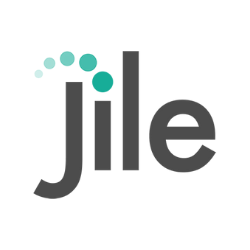Kanban vs. Scrum: What are the Differences?
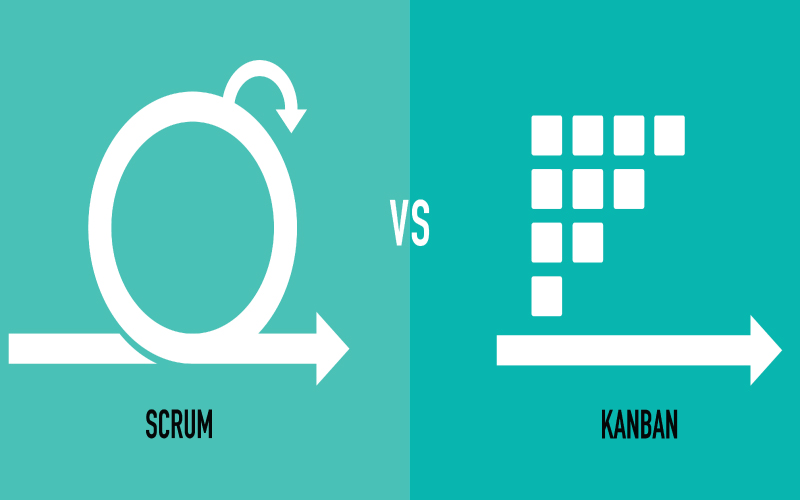
"Kanban vs. Scrum" refers to two distinct approaches to building an agile technology or management system for projects. Let’s learn the differences in detail.
Introduction
If you're getting involved in agile project management and engineering or any other aspect of research and development with cross-functional project planning, then Kanban and Scrum are undoubtedly the first choices.
Each is a fantastic, efficient technique for project leaders working on projects in the industrial or small business environment, and each can aid in processing times and deliverable clearance. But which is more popular, which should you choose for your business and team, and how do you learn to use it efficiently? Let's take a look.
Kanban and Scrum support two-week sprints and other extremely effective approaches to facilitate a quick workflow and successful project administration. Scrum and Kanban are Agile project management approaches used by software firms, advertising companies, design firms, small teams, entrepreneurs, corporations, and industries all over the world to oversee the production and delivery of their merchandise and services.
Kanban - Overview
It is a Japanese lean manufacturing system invented by Taiichi Ohno for Toyota. Kanban translates to a signboard or placard in Japanese. It uses visual information to determine:
- What to create
- When should you produce?
- How much should be produced?
Many software developers, marketing and sales teams use the Kanban technique to manage the creation and delivery of goods and services. It offers a minimal learning curve and allows teams to be adaptable in production while avoiding excessive complications.
How does Kanban Work?
-
Workflow Visualization
A Kanban system requires a screen with cards and columns to view your process. Each column on the board symbolizes a process step, and each Kanban card represents a project or work item. -
Work in Progress Limitation
Set a maximum number of items per column to guarantee that tasking does not deplete your company's productivity. Limiting WIP will highlight problematic areas in your flow faster, allowing you to identify and solve them. -
Control the Flow
Flow refers to the movement of project tasks through manufacturing. Controlling the flow entails controlling the work instead of the individuals. So, rather than trying to manage people and attempting to keep them occupied all the time, we concentrate on controlling and comprehending work processes. By modifying the workflow, we hope to move that job through the system as quickly as feasible. -
Make Clear Process Policies
Make a list of the rules for moving cards from one column to the next and tasks from one phase to the next. Ascertain that everyone in the team is briefed concurrently and is familiar with the regulations. -
Create Feedback Loops
Meetings to exchange information and feedback that are required to improve performance. Doing daily stand-up sessions for team synchronization is a wonderful place to start. -
Improve Experiment and Adapt Interactively
The Kanban method is an iterative improvement method. It enables you to make tiny improvements and gradually develop at a speed and scale that your team can handle. To attain optimal productivity, examine what works for you and what does not.
Advantages and Disadvantages of Kanban
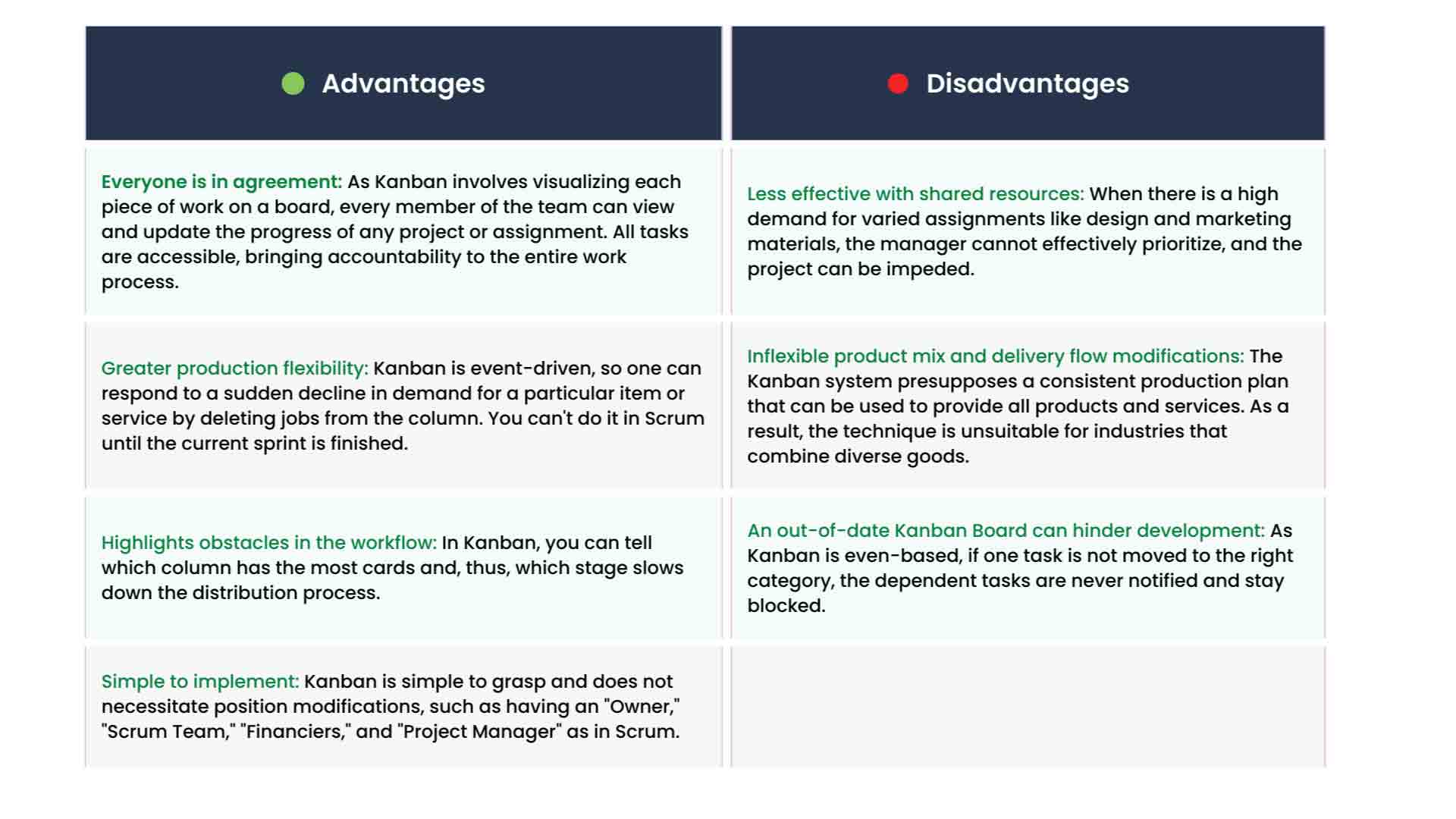
Scrum - Overview
It is a project management paradigm that allows individuals to address complex adaptive problems while finishing on time. User stories, tasks, story points, and sprints are the components of scrum. Activities and storyboards are estimated using user stories and then packed into sprints with a clear timeline and objective. A product manager who represents the business determines the sprint path, and a Scrum Master controls the process flow, the scrum team, and other stakeholders.
How does Scrum Work?
The Scrum framework has four primary events: sprint review meeting, stand-up meetings, sprint planning, and sprint retrospective meeting. The scrum workload, which is similar to a large to-do list, contains all activities, capabilities, and user stories required for delivering a service or product.
-
Refinement of the Backlog
Backlog refinement comes before sprint planning. In this, the product owner and the Scrum Team engage on the specifics and projections of the items in the product queue. The purpose of this process is to guarantee that user stories and tasks are ready to be implemented so that the team may begin implementing them as soon as they are added to a sprint. -
Sprint Planning Session
The sprint planning meeting's purpose is to prioritize which activities from the queue will be added to the sprint backlog, how they will be performed, and to obtain and establish goals. Sprints are normally two weeks long, although the time frame can be changed to best suit the needs of the organization. Each item in the sprint backlog must be actionable and should be divided into tasks that take no more than two working days. -
Daily Stand-up
The daily stand-up meeting, as the name implies, is a recurrent daily meeting that lasts no more than 15 minutes and is usually held at the start of each business day. The daily stand-up meeting's purpose is to synchronize the scrum team, the scrum master, and the product owner, while unblocking outstanding tasks by having each team member answer certain questions. -
Sprint Assessment Meeting
At the end of each sprint, the sprint assessment is held to review what was achieved, how it was supplied, and what was not delivered. This meeting will begin with a presentation of the new functionality to obtain feedback and permission from the product owner if the business criteria are met. The approved tasks are completed, and the others are returned to the backlog to be scheduled in future sprints. -
Sprint Retrospective Meeting
Evaluations normally run for minutes, even hours, during which the Scrum Team gathers to deliberate on their last sprint and work out how to improve by questioning what went well, what did not, and what can be improved. It enables the team to concentrate on its entire performance and find areas for continuous improvement.
Advantages and Disadvantages of Scrum
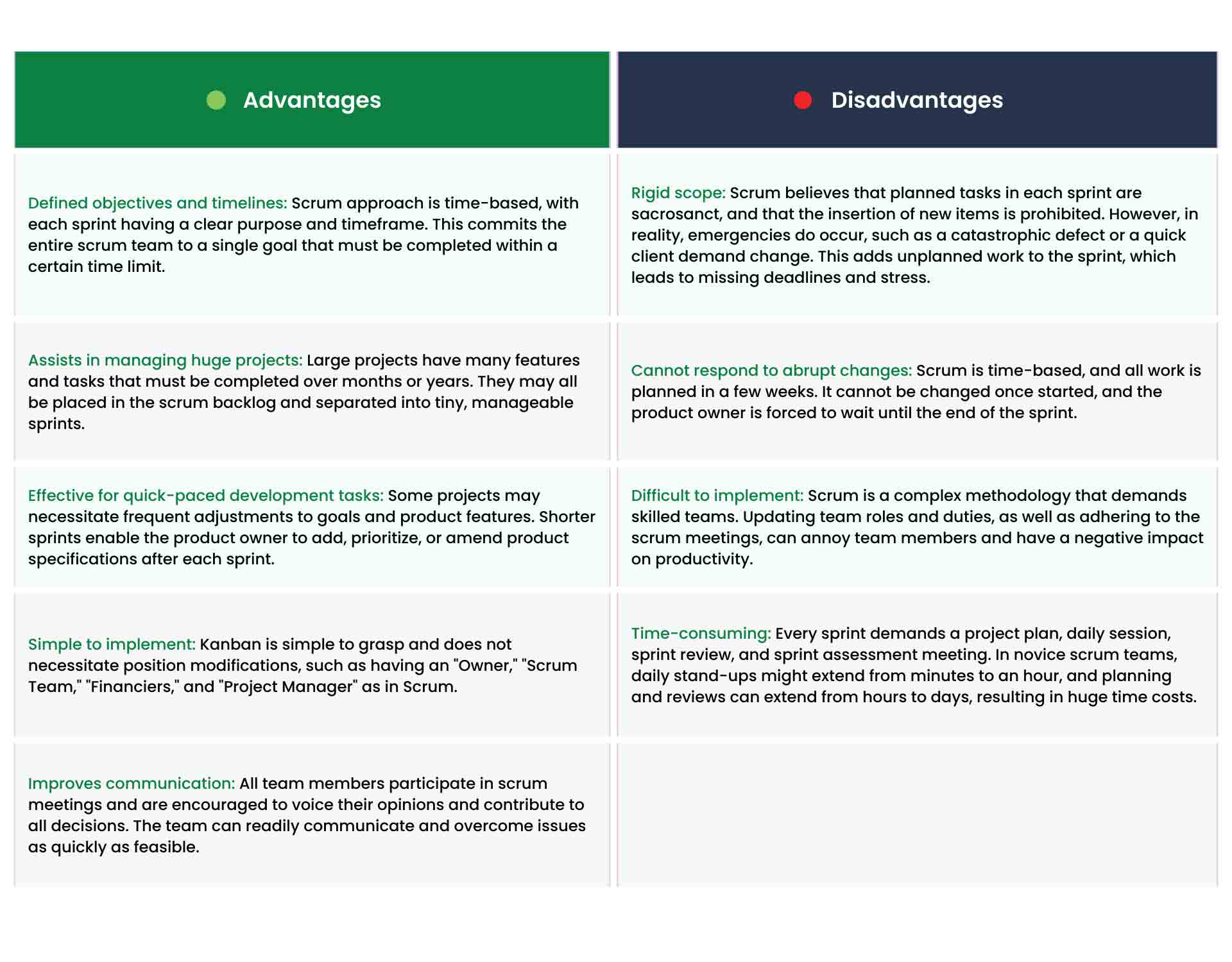
Kanban or Scrum: The Dilemma
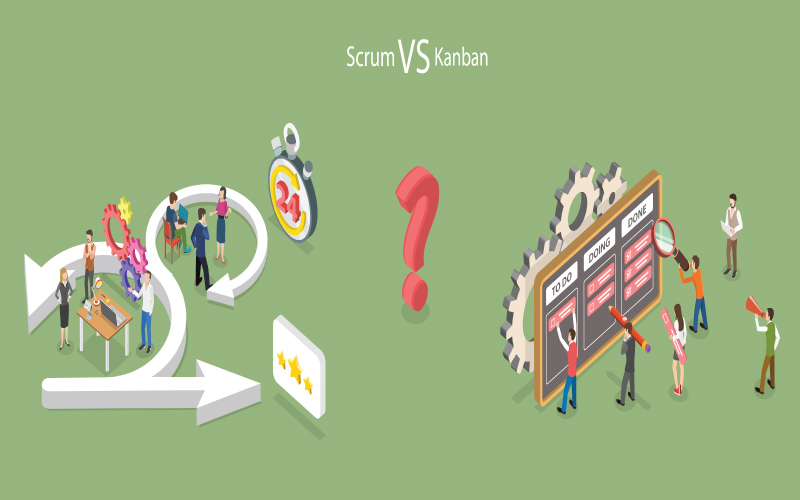
Kanban and Scrum each offer distinct advantages. However, contrasting Kanban and Scrum is a false dichotomy. You may easily apply both in your job to optimize the benefits.
When to use Kanban?
Kanban has been found to increase productivity, improve visibility, and build a culture of continuous improvement. Kanban can be integrated into existing processes, such as Scrum. Kanban can be a fantastic place to start if you don't want to restructure your entire work process but want to reap the benefits of an Agile methodology.
When to use Scrum?
Scrum is associated with increased productivity, faster delivery, cheaper costs, and improved quality. Many project managers regard scrum as an excellent strategy for dealing with difficult projects or ones that may undergo frequent change. Scrum can be useful if you work in an industry that experiences frequent change or if your project requires flexibility to respond to input. This could include sectors with frequent technological updates or projects developing new items.
Both Scrum and Kanban are iterative work processes that rely on process flows to decrease waste. However, there are a few key differences between Kanban and Scrum.
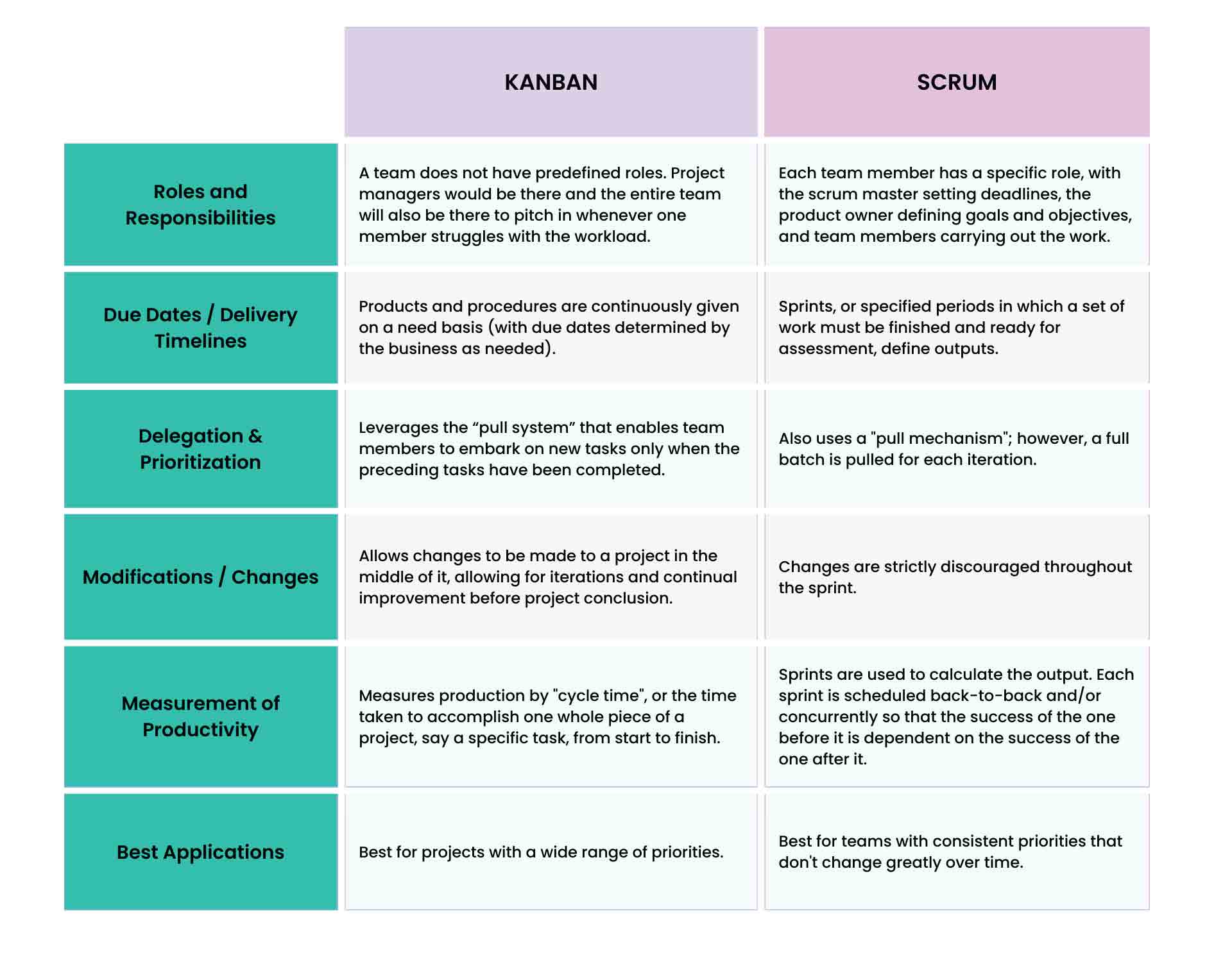
Conclusion
Kanban is a project management method that aids with task visualization, whereas Scrum is a method that gives structure to the team and schedule. Kanban and Scrum are product development approaches that stress continuous progress and completion of project tasks in tiny steps. However, the methods they employ to achieve those goals are distinct. While Kanban focuses on task visualization and continuous flow, Scrum focuses on defining schedules for each project timeline and allocating specific roles.
Thanks for subscribing to our latest blogs, thought leadership and other product updates!
Read our Privacy Notice to know more. You can opt-out of all communications anytime.
